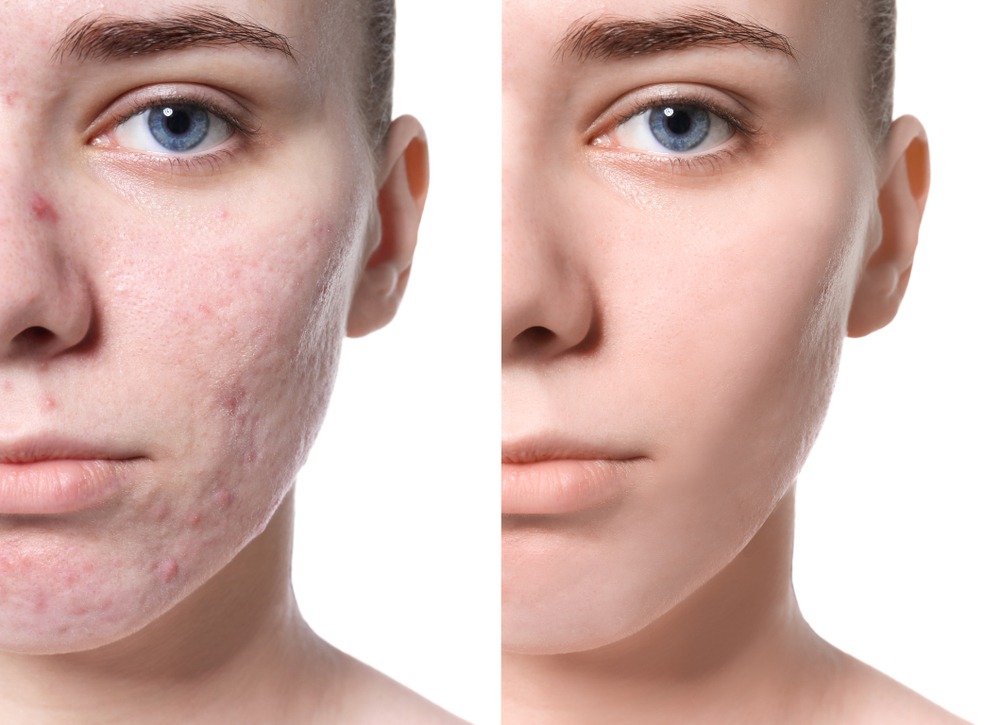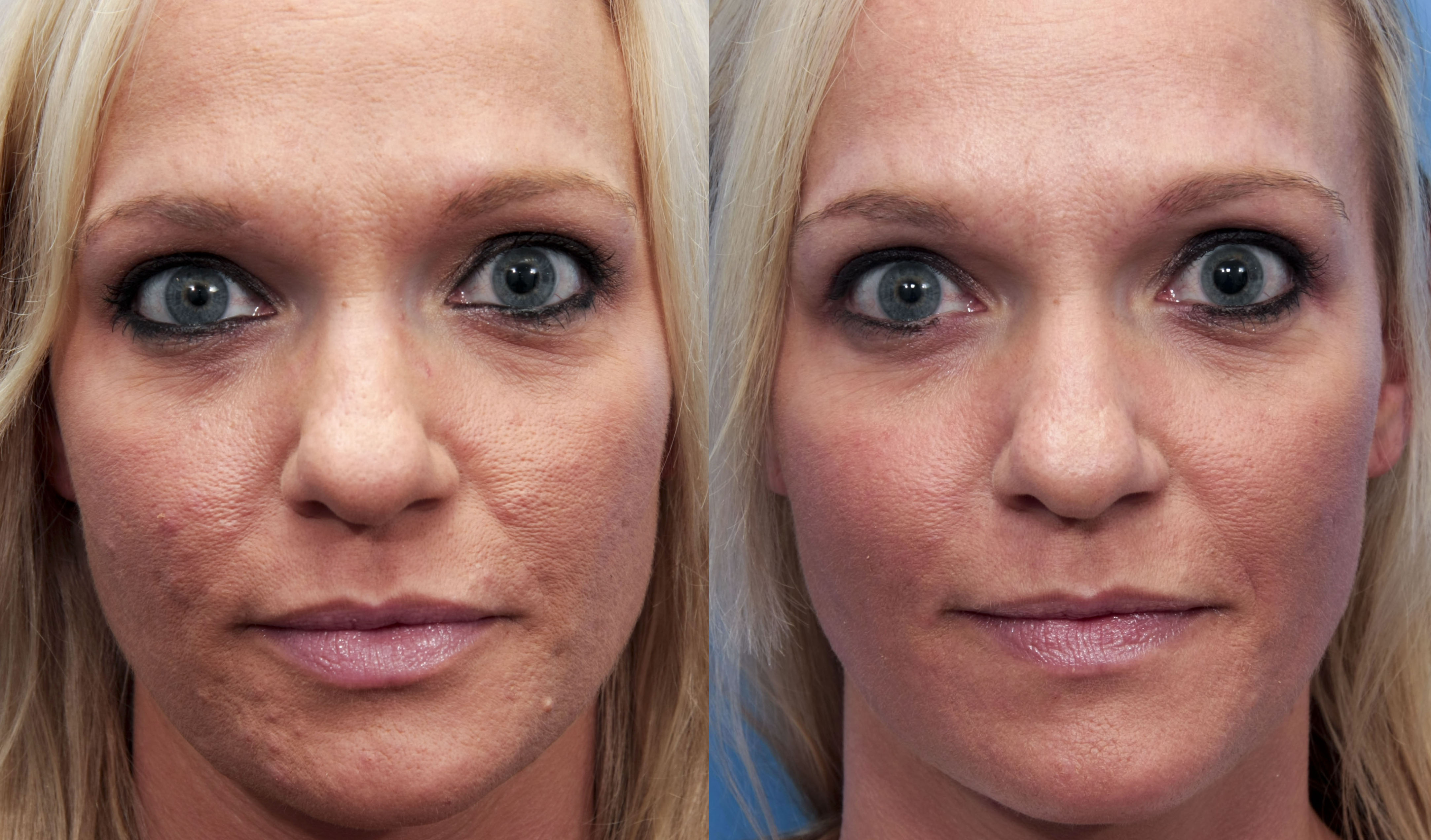Top Acne Treatment for Sensitive Skin: Gentle Solutions for Clear Skin
Top Acne Treatment for Sensitive Skin: Gentle Solutions for Clear Skin
Blog Article
Checking Out Skin Problems: Treating and identifying Acne Scars for Healthier Skin
Acne scars stand for a considerable issue for people looking for to preserve healthy and balanced skin, as they can influence both appearance and self-esteem. Recognizing the different types of scars, from atrophic to hypertrophic, is essential for identifying appropriate treatment choices.
Comprehending Acne Marks

The body's natural recovery procedure can result in either atrophic scars, which look like clinical depressions in the skin, or hypertrophic scars, which are raised and result from overflow of collagen. In addition, the emotional toll of acne marks should not be undervalued; several people report feelings of embarrassment, stress and anxiety, and reduced self-worth. This emotional problem can influence social communications and overall quality of life.
Dealing with acne marks requires a detailed understanding of their formation and influence. Recognition of the capacity for long-term repercussions linked with without treatment marks can motivate individuals to look for proper therapies. Early treatment and reliable administration techniques can considerably improve skin look and boost emotional resilience, stressing the value of recognizing the complexities surrounding acne scars.
Kinds of Acne Scars
Acne marks can be classified into distinctive types, each displaying special characteristics and requiring certain treatment methods. acne and acne scars treatment. The main sorts of acne marks include atrophic, hypertrophic, and keloid scars

Hypertrophic marks, in contrast, are raised above the skin level and are the outcome of too much collagen production throughout the recovery procedure. They commonly stay within the limits of the initial acne lesion. Keloid marks are similar yet extend beyond the initial injury site, creating bigger, elevated areas that can be itchy or uncomfortable.
Understanding these sorts of marks is vital for selecting proper treatment choices. Various scars may respond much better to certain treatments, such as laser therapies, fillers, or surgical treatments, highlighting the significance of a customized method to acne scar monitoring.
Identifying Your Scars
Acne marks typically drop right into two groups: atrophic and hypertrophic marks. These can better be categorized into ice-pick scars, boxcar marks, and rolling scars, each exhibiting distinctive qualities and needing various approaches for analysis.
Hypertrophic scars, on the other hand, are raised and happen due to too much collagen production during the healing process. Recognizing the certain attributes of your scars-- such as width, deepness, and texture-- is essential for correct identification (acne scars). Additionally, take into consideration the distribution of scars across your skin, as this can show the seriousness and period of the acne problem
Involving with a dermatologist can give beneficial understandings into the nature of your scars, assisting in the distinction in between numerous types. A comprehensive understanding of your scars will eventually lead to a more customized and efficient treatment plan, guaranteeing a more clear and much healthier skin tone.
Therapy Choices Offered
Determining the certain sort of acne marks existing on your skin lays the foundation for discovering efficient treatment alternatives. Typical types of acne marks consist of atrophic (clinically depressed), hypertrophic (increased), and post-inflammatory erythema.
For atrophic scars, choices such as chemical peels, microneedling, and laser resurfacing are widely used. Chemical peels off use acids to eliminate the outer layer of skin, promoting new cell growth.
Hypertrophic scars can be treated with corticosteroid injections to flatten the scar or laser treatment to minimize soreness and enhance appearance. Silicone gel sheets and stress dressings may also assist in managing raised scars.
On top of that, dermal fillers can briefly complete anxieties from atrophic marks, while medical excision may be appropriate for extreme cases. Each therapy choice has weblink its factors to consider and advantages, making it essential to talk to a skin doctor. They can offer individualized suggestions based upon the type and seriousness of your scars, in addition to your skin type and overall wellness.
Tips for Prevention
Efficient prevention approaches can considerably reduce the likelihood of creating acne scars. Making use of non-comedogenic products aids stop clogged pores, which can exacerbate acne.
Preventing the urge to pick or pop acne sores is essential, as this can bring about much deeper skin damage and increase the danger of scarring. Instead, take into consideration utilizing a cold compress or over-the-counter therapies to lower swelling and inflammation.
Sunlight defense is another vital facet of prevention; ultraviolet (UV) rays can dim scars and hinder the recovery process. Applying a broad-spectrum sunscreen with a minimum of SPF 30 daily can safeguard web the skin and promote even healing.
Lastly, keeping a balanced diet plan rich in minerals, anti-oxidants, and vitamins supports skin health and wellness and healing. Remaining moisturized and taking care of stress levels can likewise play a significant function in minimizing acne flare-ups. By executing these approaches, people can considerably minimize their opportunities of establishing acne scars.
Verdict
In final thought, understanding and determining acne scars is important for effective therapy and attaining much healthier skin. Various sorts of acne marks, including hypertrophic and atrophic scars, demand certain treatments customized to specific needs. Treatment options range from chemical peels and microneedling to corticosteroid shots, highlighting the value of getting in touch with a skin specialist. In addition, adopting a mild skin care regimen and safeguarding the skin from UV direct exposure can significantly contribute to the prevention of further scarring and total skin health.
The body's all-natural healing procedure can result in either atrophic scars, which show up as depressions in the skin, or hypertrophic scars, which are raised and result from overproduction of collagen. They are more separated right into three subtypes: ice click this site pick scars, boxcar scars, and rolling marks. Acne scars typically fall into two groups: hypertrophic and atrophic scars. These can additionally be classified into ice-pick marks, boxcar marks, and rolling scars, each exhibiting distinct features and requiring various techniques for analysis.
Numerous types of acne marks, including atrophic and hypertrophic scars, demand details interventions tailored to individual requirements.
Report this page